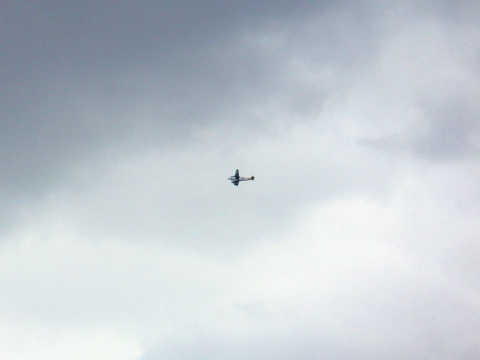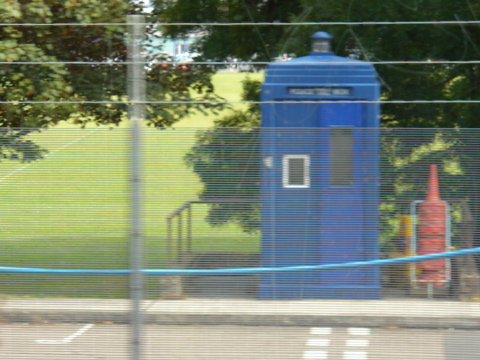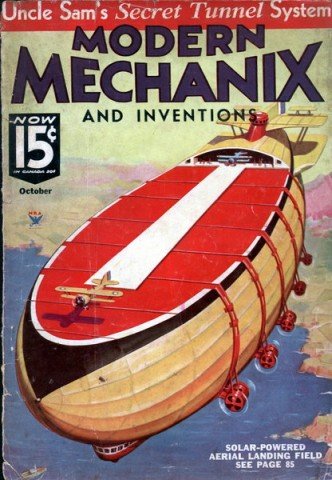Early autumn of discontent
Of course. I cancel a planned1 trip to Hamburg for a conference in order to extend my stay in London by 4 days, so I can hit a few more archives and libraries that I really wanted to look at. And what happens? A 3-day tube strike, which started this afternoon and finishes the evening […]





